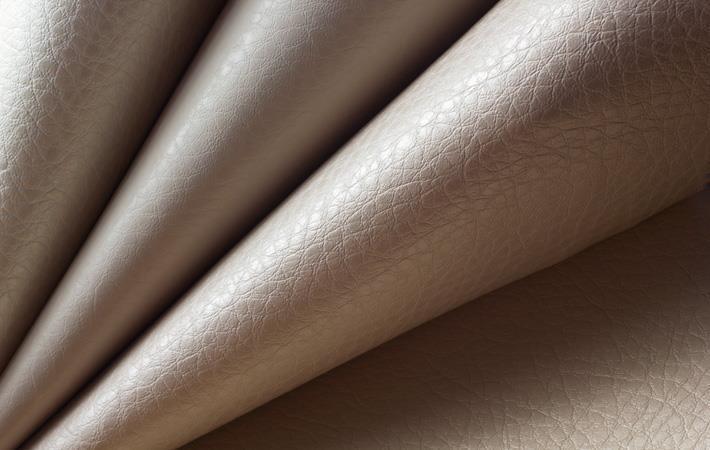Vietnam’s leather and footwear industry is finding new supply and demand sources to overcome difficulties due to the impact of the COVID-19 pandemic. Many companies have sourced raw material from countries like India, Europe, Singapore and Japan to maintain production as 70 per cent of raw materials for this sector are imported from China.
The Vietnam - EU free trade agreement (EVFTA), which took effect this month, also helped leather and footwear businesses expand markets and get more orders, said Phan Thi Thanh Xuan, general secretary of the Vietnam Leather, Footwear and Handbag Association (LEFASO).Vietnam's leather and footwear industry is finding new supply and demand sources to overcome difficulties due to the impact of the COVID-19 pandemic. Many companies have sourced raw material from countries like India, Europe, Singapore and Japan to maintain production as 70 per cent of raw materials for this sector are imported from China.#
This industry needs to overcome weaknesses in chain linkages, she was quoted as saying by a Vietnamese media report.
She also recommended a separate decree for the leather, footwear, textile and garment industry to develop the fashion industry in the country.
The production of leather and related products increased by 7.6 per cent last month compared to the previous month but was down 4.4 per cent over the same period last year, according to the report on industrial production and trade activities in the first seven months of this year of the ministry of industry and trade. It fell by 4.2 per cent in the first seven months of the year compared to the same period last year.
Footwear export turnover of all kinds was estimated at $9.53 billion in the seven months, a year-on-year drop of nearly 8 per cent. Import of raw materials for the industry also reduced by 14.1 per cent in the first six months.
Fibre2Fashion News Desk (DS)
